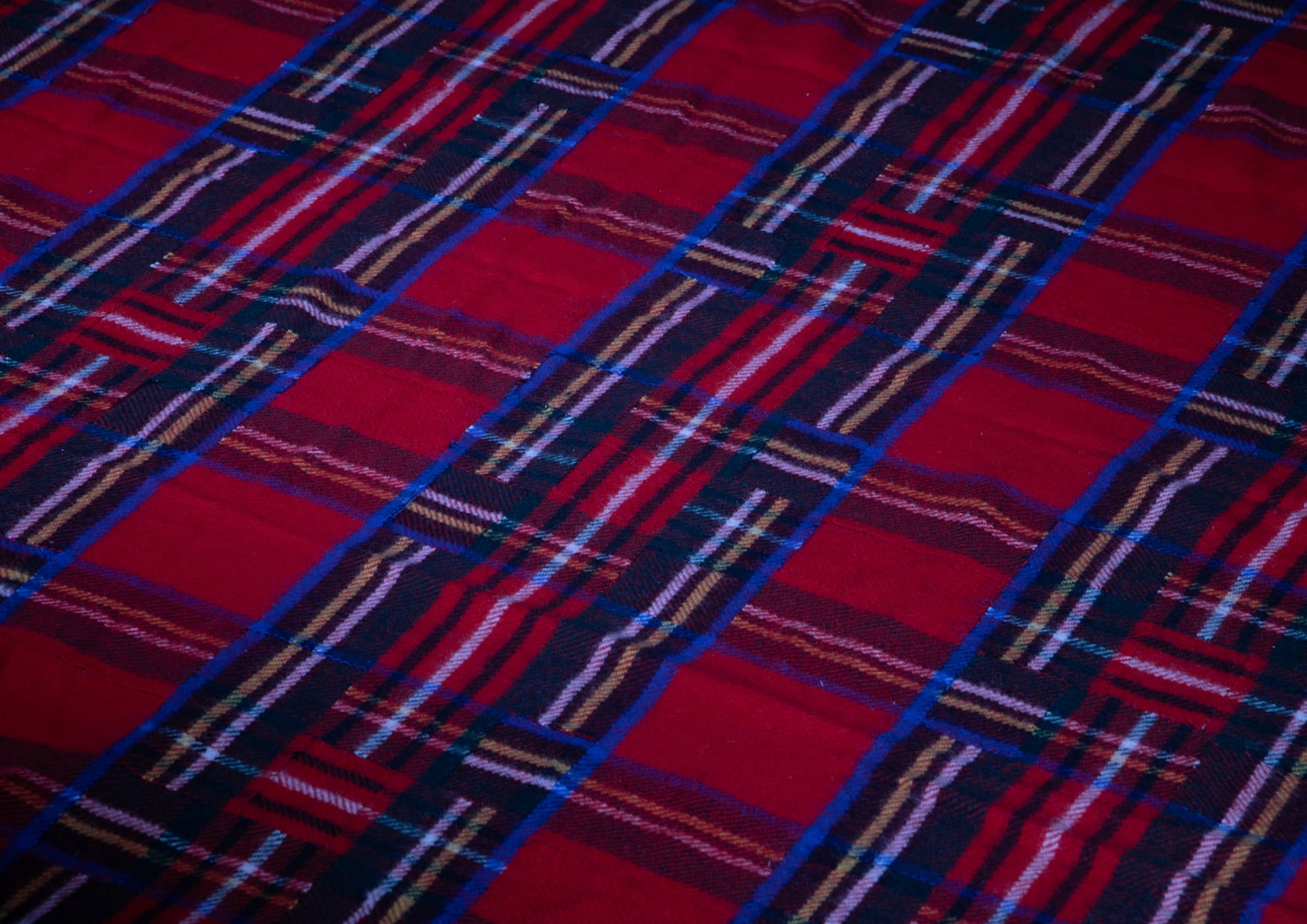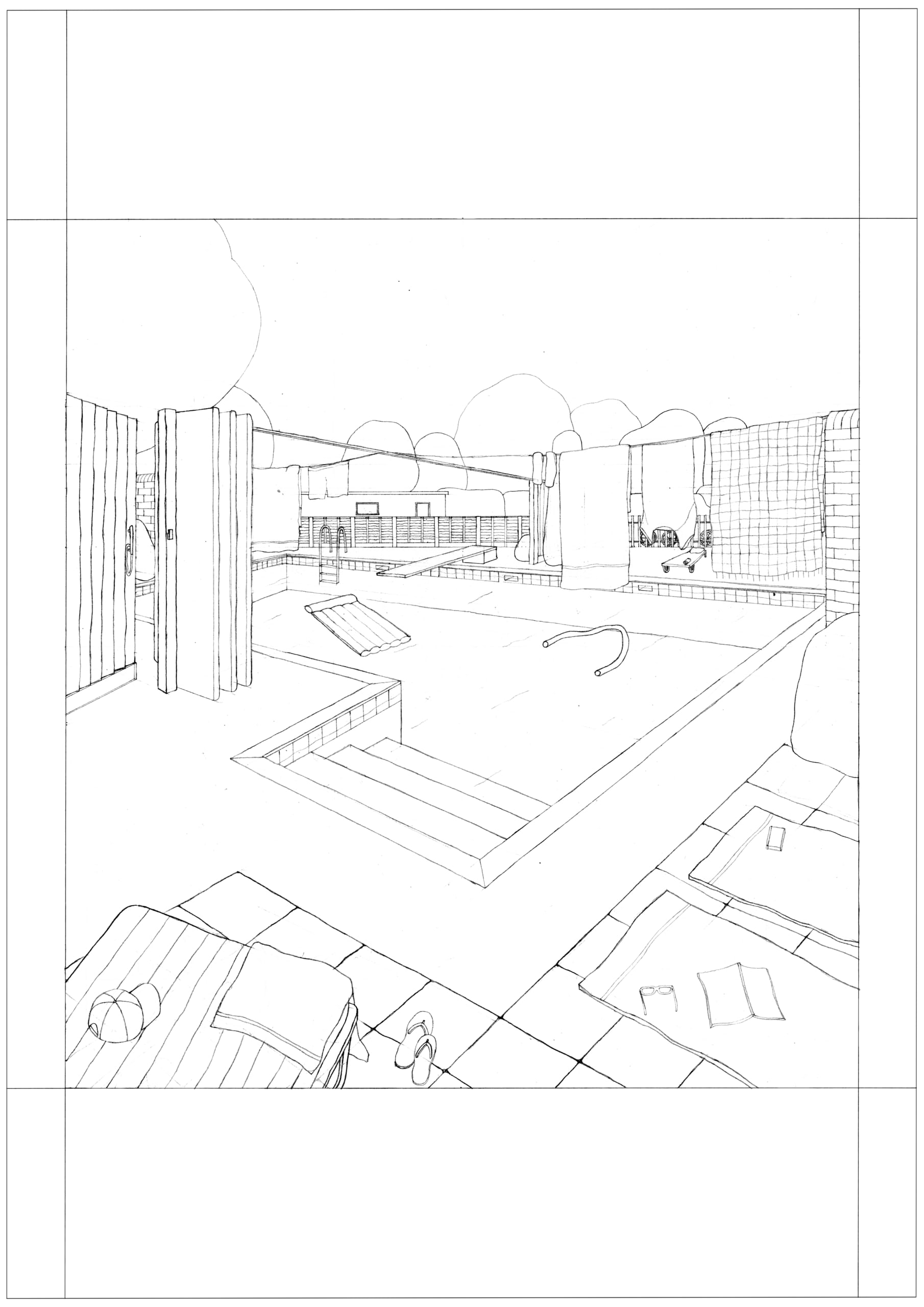Frank is an architectural designer based in London. Before joining the MA, he completed his undergraduate degree at Cardiff University in 2020, where he received a Bachelor of Science in Architecture. Following which he spent a year working in architectural practice in the UK.
Through the object of the fence, his work investigates the themes of property, ownership, land-use and territory. Primarily working with video, line drawing and sculptural media his work attempts to unveil the current situation and imagine alternative realities. His practice expands through the narration of observational walks, personal experience and memory to document contemporary issues.
At the RCA, he is researching the on-going interiorisation of the UK Suburbs, developing the idea of the offence as a device to encourage bottom up approaches to landscape. Inspired by the practices of artists such as Agnes Varda, Patrick Keiller and Matthias Weinfurter, his project, apastoral, proposes an alternative suburban context that subverts the traditional wooden fence to produce new forms of pastorality.


















